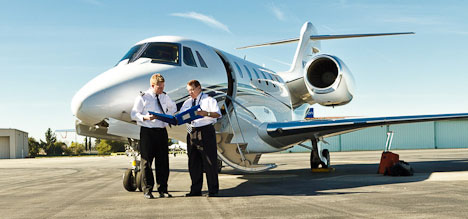Oct. 30, 2015
Much has been written about the effects of procedural non-compliance (PNC) in aircraft accidents. Unprofessional behavior by flight crewmembers, including non-adherence to sterile cockpit procedures by engaging in non-pertinent conversation, has been shown to distract crews from their primary flight-related duties. Intentional crew non-compliance was a factor in 40 percent of the worldwide accidents reviewed by human factors experts. If the crews had maintained standard operating procedures (SOPs) at all times, such accidents would not have occurred.

During an NTSB survey of accidents from 1978 to 1990 where procedural non-compliance was determined to be a factor, errors such as not making required callouts or failing to use appropriate checklists were found to be a causal factor in 29 of 37 accidents (78 percent). During a 10-year study in the late 1990s, Boeing found that in more than 138 accidents totaling over 5,600 fatalities, failures of the pilot flying and pilot monitoring to adhere to standard oper¬ating procedure were the primary cause of 80 percent of those accidents, as well.
Line operational safety audit (LOSA) data compared crews that followed SOPs to those that intentionally deviated from SOPs. This data revealed that crewmembers:
- Made three times more errors, on average.
- Mismanaged more errors.
- Found themselves in more undesired aircraft situations.
Flight crews that learn to recognize the markers of procedural non-compliance can correct unprofessional behavior before it leads to a deviation from standard operating procedures. The Professionalism Working Group of NBAA’s Safety Committee has developed a resource to help operators learn the markers and mitigate the risks of procedural non-compliance.
Download the NBAA Safety Resource:
Procedural Non-Compliance: Learning the Markers and Mitigating the Risks (PDF)


 International Business Aviation Council Ltd.
International Business Aviation Council Ltd.